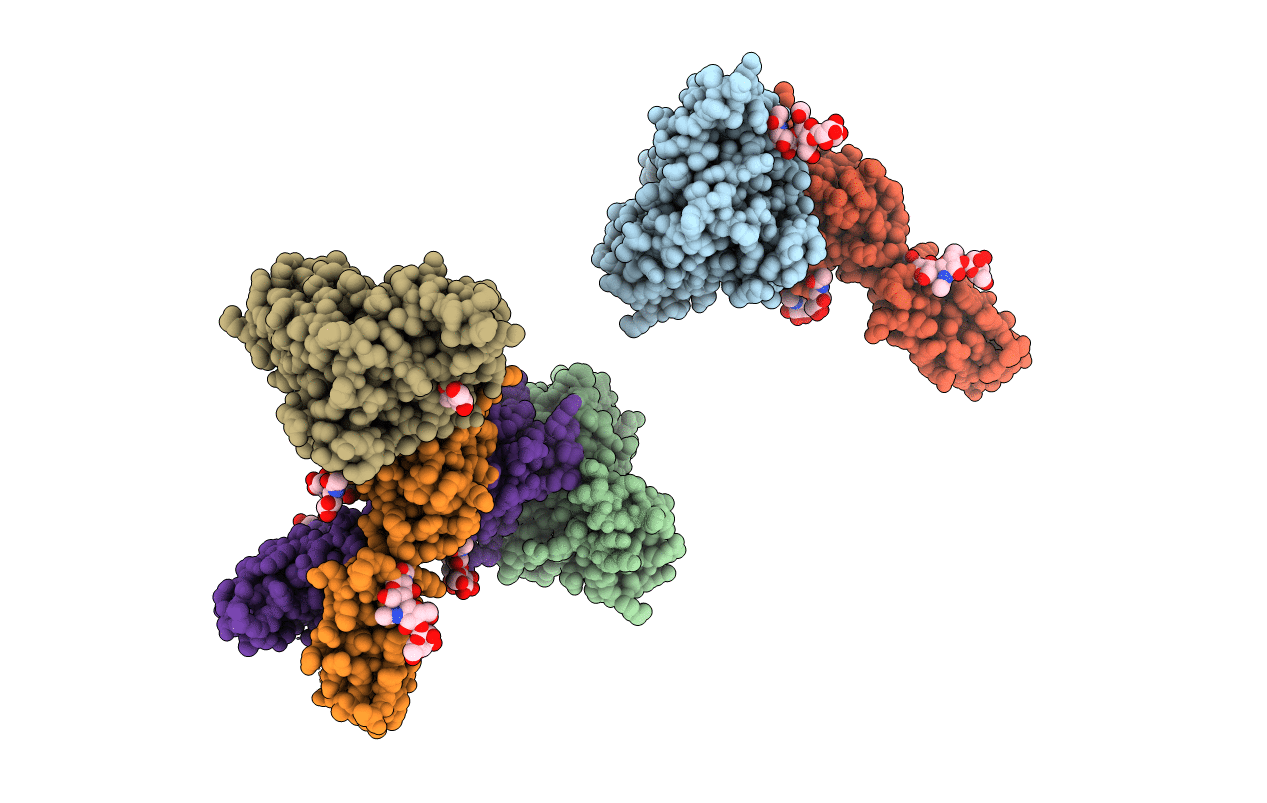
Deposition Date
2011-06-23
Release Date
2011-10-12
Last Version Date
2024-11-06
Entry Detail
PDB ID:
3SKU
Keywords:
Title:
Herpes simplex virus glycoprotein D bound to the human receptor nectin-1
Biological Source:
Source Organism:
Human herpesvirus 1 (Taxon ID: 10298)
Homo sapiens (Taxon ID: 9606)
Homo sapiens (Taxon ID: 9606)
Host Organism:
Method Details:
Experimental Method:
Resolution:
4.00 Å
R-Value Free:
0.28
R-Value Work:
0.26
R-Value Observed:
0.26
Space Group:
P 32 2 1


